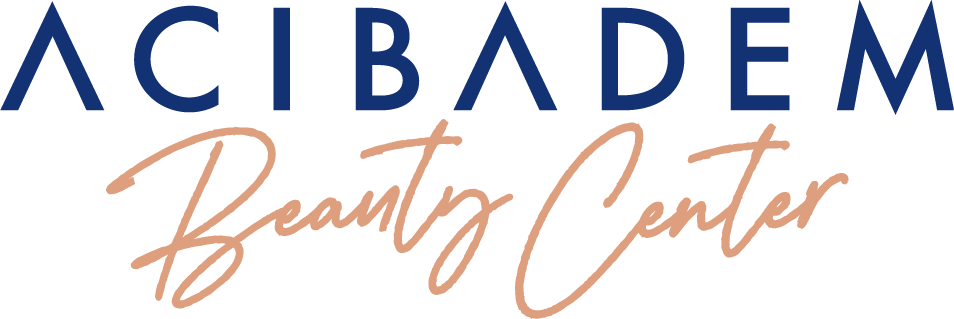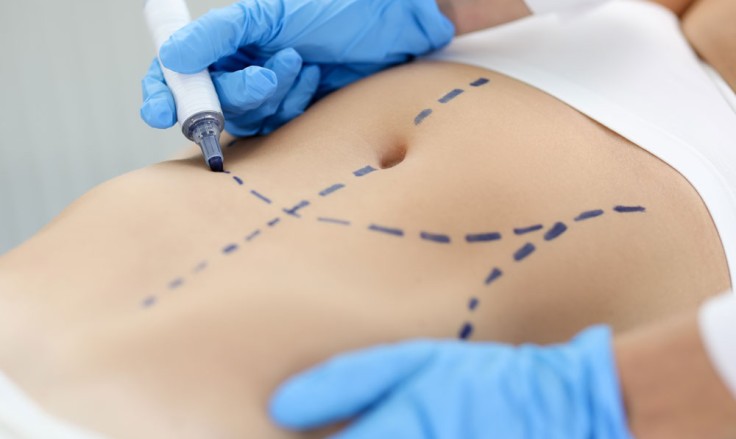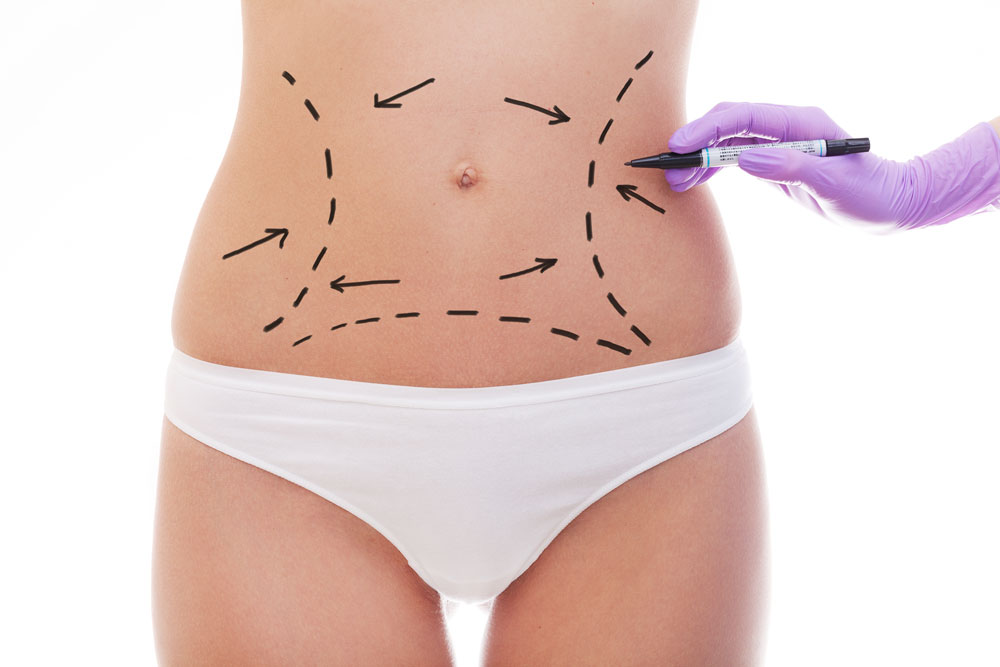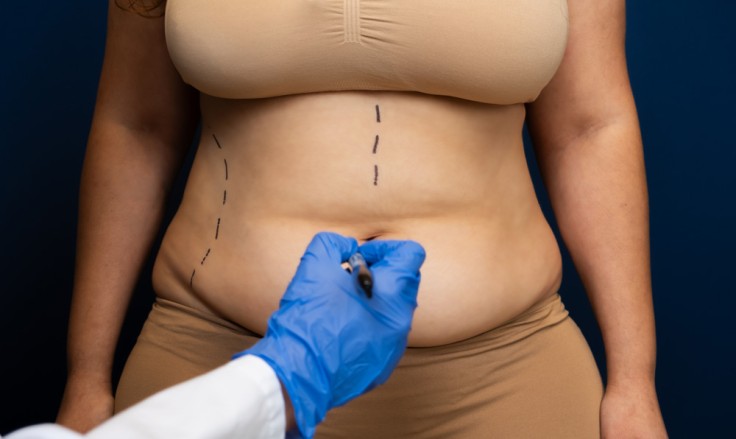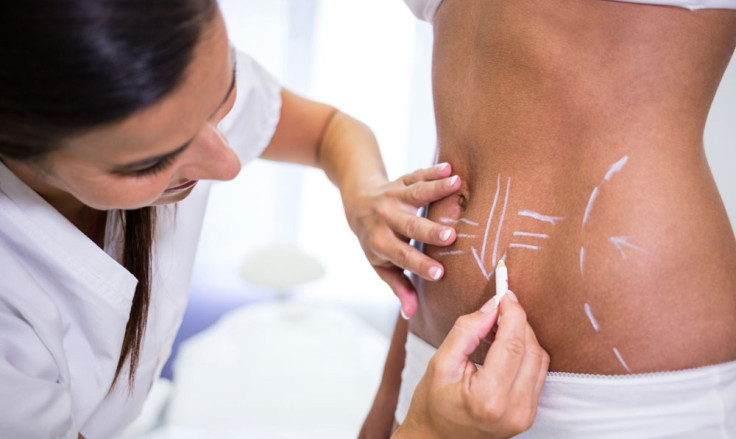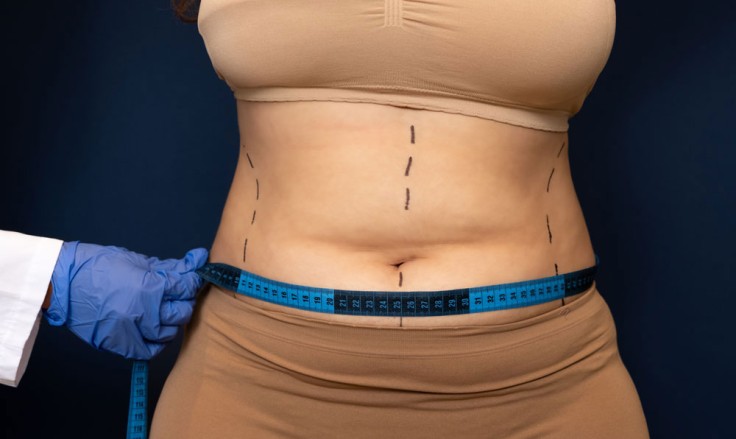Everything You Must Know Before Your Abdominoplasty
Introduction
Abdominoplasty, commonly known as a tummy tuck, is a popular cosmetic procedure that reshapes your abdomen. Many patients seek this surgery for a flatter, more contoured appearance. However, proper abdominoplasty preparation is essential for a successful outcome. In this article, we cover everything you must know before your abdominoplasty. We will discuss the pre-operative process, what to expect, how to prepare mentally and physically, and important aftercare tips. Our goal is to equip you with the knowledge needed to make informed decisions and achieve the best results from your surgery.
Understanding Abdominoplasty
- Abdominoplasty involves removing excess skin and fat while tightening the abdominal muscles. This procedure is often chosen after significant weight loss or pregnancy.
- The surgery not only enhances appearance but may also improve posture and reduce back pain. Yet, the success of the surgery depends greatly on thorough preparation.
- Abdominoplasty preparation is more than just fasting before surgery. It involves planning your recovery and adjusting your lifestyle to support healing.
Pre-Operative Medical Evaluation
Your first step is a complete medical evaluation. Your surgeon will review your health history and perform necessary tests. These may include blood tests, imaging scans, and a physical examination. The aim is to confirm that you are a suitable candidate for the procedure. Furthermore, your surgeon may ask you to stop certain medications that could increase bleeding. Abiding by these instructions is vital to minimise risks during surgery.
Mental and Emotional Preparation
Preparing for abdominoplasty is not only physical—it is also emotional. Many patients feel anxious before surgery. To ease these concerns, it is important to educate yourself about the procedure. Ask your surgeon about expected outcomes and recovery timelines. Additionally, consider speaking with a counsellor or joining a support group. A calm mind contributes significantly to a smoother recovery. Remember that your decision to undergo surgery is personal, and a positive outlook can enhance your overall experience.
Adjusting Your Lifestyle
A few weeks before surgery, you will need to make some lifestyle adjustments. Firstly, stop smoking if you are a smoker. Smoking reduces blood flow and delays healing. Secondly, maintain a healthy diet rich in protein and vitamins. A balanced diet will support tissue repair after surgery. Also, try to avoid alcohol as it can interfere with your recovery. Finally, arrange for a support system at home. Having help during the initial recovery phase is crucial.
Preparing Your Home for Recovery
Creating a comfortable recovery environment is an important part of abdominoplasty preparation. Set up a quiet space where you can rest with minimal disruptions. Ensure that your home is stocked with easy-to-prepare meals and plenty of water. Arrange for assistance with daily tasks, such as cleaning and shopping, especially during the first week. By preparing your home, you help reduce stress and create a conducive atmosphere for healing.
What to Expect on the Day of Surgery
On the day of your abdominoplasty, follow your surgeon’s instructions carefully. You will be given specific guidelines on fasting and medication intake. Arrive at the clinic well in advance of your scheduled time. The procedure is typically performed under general anaesthesia, so you will not feel pain during surgery. Once the operation is complete, you will be moved to a recovery area where medical staff monitor your progress. Expect to experience some discomfort and swelling as you wake up, but these symptoms are usually managed with prescribed medications.
Recovery Phases
Abdominoplasty recovery occurs in several stages. In the initial phase, usually the first week, you will need to rest and limit physical activity. You may experience pain, swelling, and bruising. It is important to follow your surgeon’s guidelines regarding movement and wound care during this time.
From weeks 2 to 4, you will gradually introduce light activities such as short walks. Your diet will progress from clear liquids to soft foods as your body adjusts. During this phase, keeping up with regular follow-up appointments is essential. These visits allow your surgeon to monitor healing and make any necessary adjustments to your care plan.
Beyond one month, you can slowly resume normal activities. However, strenuous exercise and heavy lifting should be avoided until your surgeon gives the all-clear. Long-term recovery also involves lifestyle changes to maintain your new body contour and support overall health.
Tips for a Speedy Recovery
To enhance your recovery, consider the following practical tips:
Follow Medical Advice:
- Adhere strictly to all instructions regarding medication, wound care, and physical activity.
Stay Hydrated:
- Drinking plenty of water aids in healing and helps reduce swelling.
Eat Nutritious Foods:
- Focus on lean proteins, fruits, vegetables, and whole grains to support tissue repair.
Manage Pain:
- Use prescribed pain relief and apply ice packs as directed to alleviate discomfort.
Rest and Gradual Movement:
- Balance rest with gentle activity to improve circulation without overexerting yourself.
Attend Follow-Up Appointments:
- Regular check-ups help your surgeon track your progress and address any issues early.
These measures not only promote faster healing but also reduce the risk of complications.
Common Concerns and How to Address Them
Many patients have concerns before undergoing abdominoplasty. One common worry is the appearance of scars. While some scarring is inevitable, proper care and advanced surgical techniques can minimise their visibility. Another concern is the duration of recovery. Remember that everyone heals at a different pace; following your aftercare plan is key. Additionally, some patients worry about the impact on their daily routine. Planning ahead, arranging support, and preparing your home can alleviate much of this stress. By addressing these concerns proactively, you set the stage for a successful recovery.
Conclusion
To summarise, successful abdominoplasty recovery hinges on thorough preparation and dedicated aftercare. Initially, proper abdominoplasty preparation—including medical evaluations, mental readiness, and home arrangements—is crucial. Equally important are nutritional support, effective pain management, and gradual reintroduction of physical activity. Additionally, addressing common concerns and seeking emotional support can further ease the process. Ultimately, by following expert recovery tips and committing to a healthy lifestyle, you can accelerate your healing, minimise complications, and enjoy the full benefits of your abdominoplasty.
For more information and to book a consultation visit the ACIBADEM Beauty Center.
